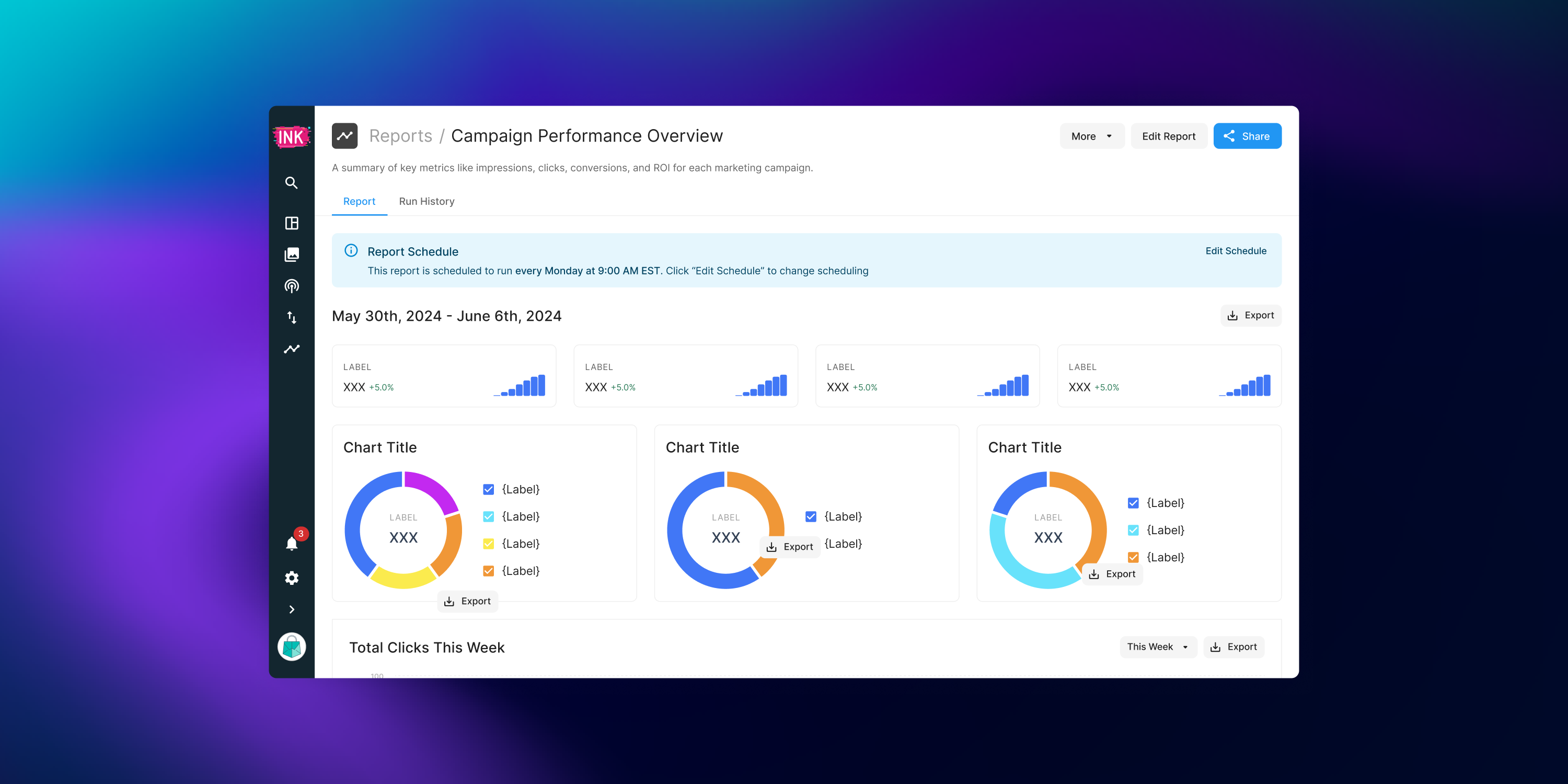Your partner for product & go-to-market success.
.avif)
We help companies deliver winning digital products — blending product experience and go-to-market mastery. As your strategy and design partner, we fill critical gaps and accelerate your path to success.
Trusted by Visionary Teams
Services that scale with you
Product Experience
Go-to-Market
For the makers, movers, & market shapers.
01
Bringing a new product to market?
We’ll help you define the right MVP, establish credibility, and attract your first customers with confidence.
02
Scaling what you’ve already built?
We’ll refine your product, sharpen your message, and set you up to grow faster and smarter.
03
Modernizing a service business with digital?
We’ll help you clarify your value, evolve your brand, and show up in market like the tech-savvy company you are.


Movable Ink
Setting the stage for GTM momentum
Product Experience
Go-to-Market
Deliverables
.avif)
Why partner with Innovatemap
350
+
Partners
50
+
Industries
40
+
Exits and Acquisitions
$
1
B
+
Funding Secured



.png)
.png)
.png)
.png)
.png)
.png)


.png)
.png)
.png)
.png)
.png)


.png)
.png)
.png)
.png)
.png)
.png)

.png)
.png)
.png)
.png)
.png)
.png)
.png)








.png)
.png)
.png)
.png)






.avif)
.png)
.png)
.jpg)

.png)
.png)

